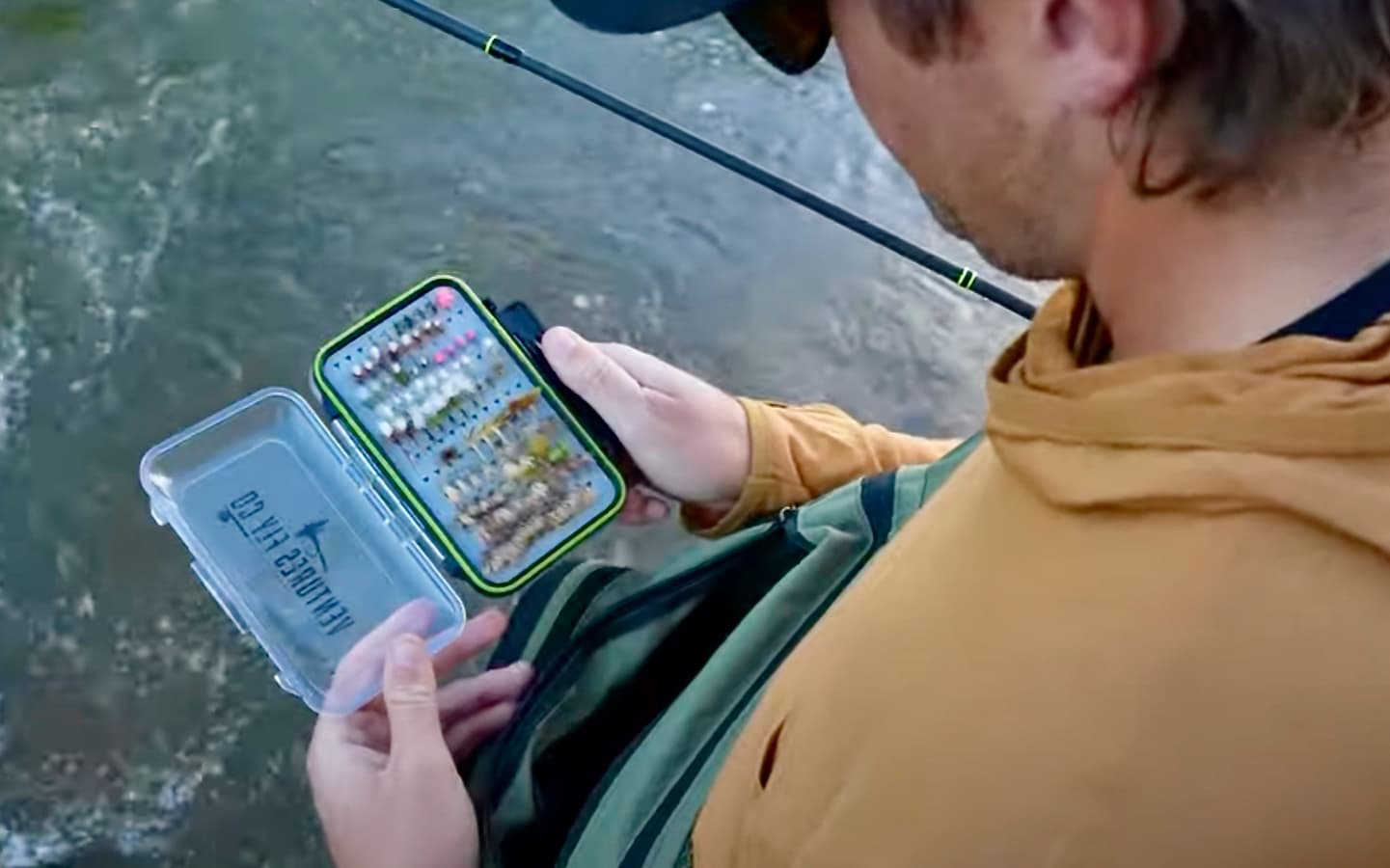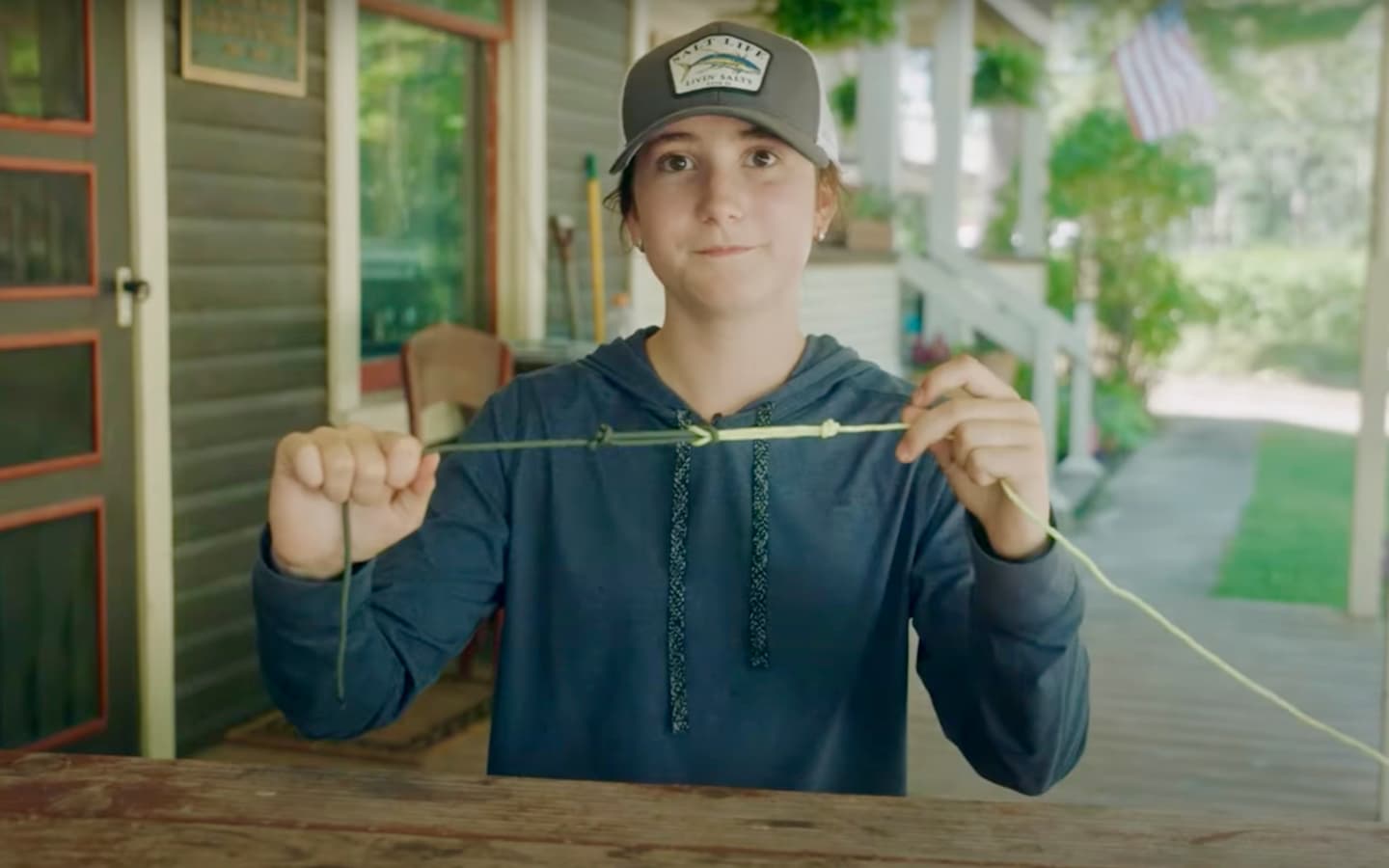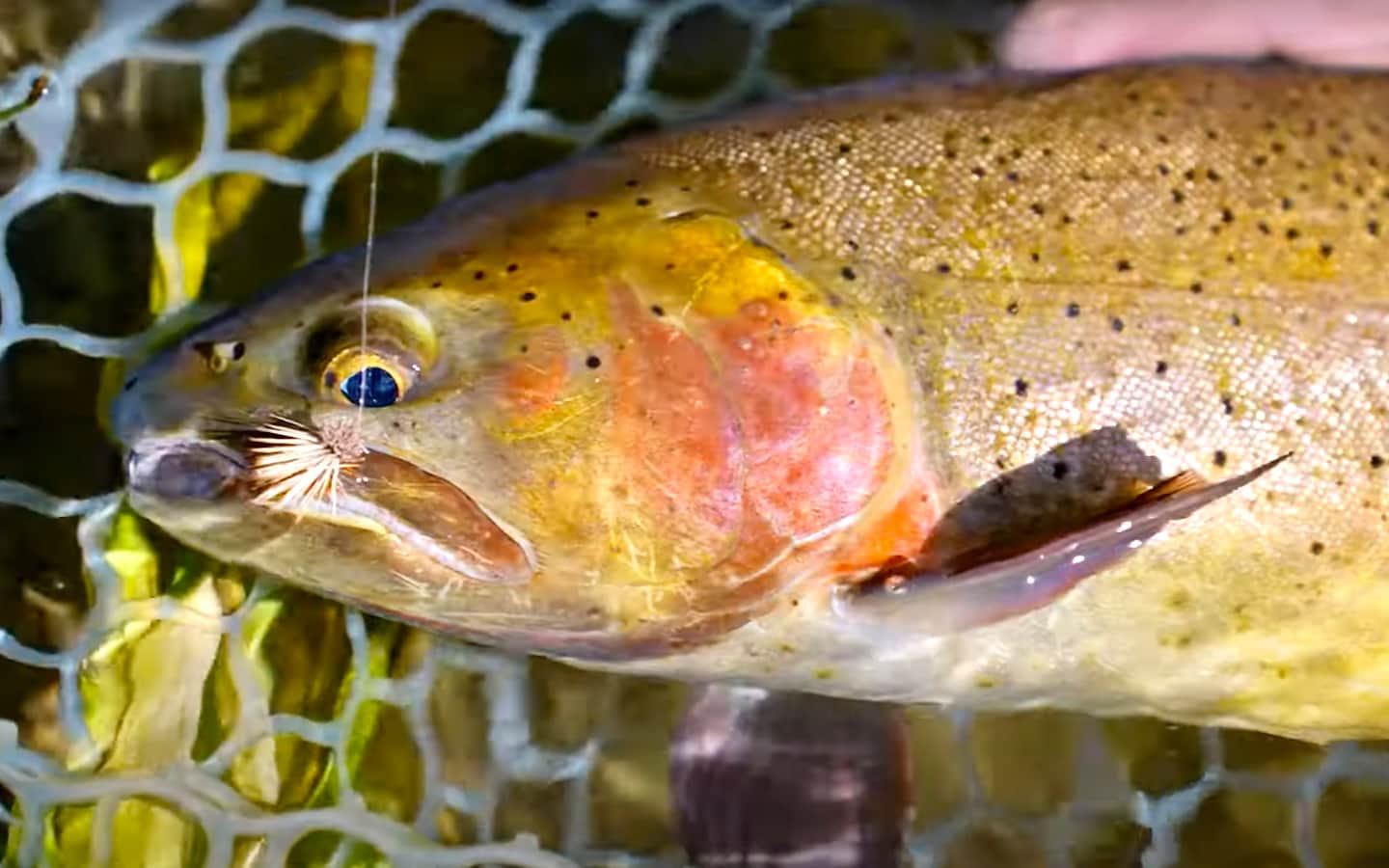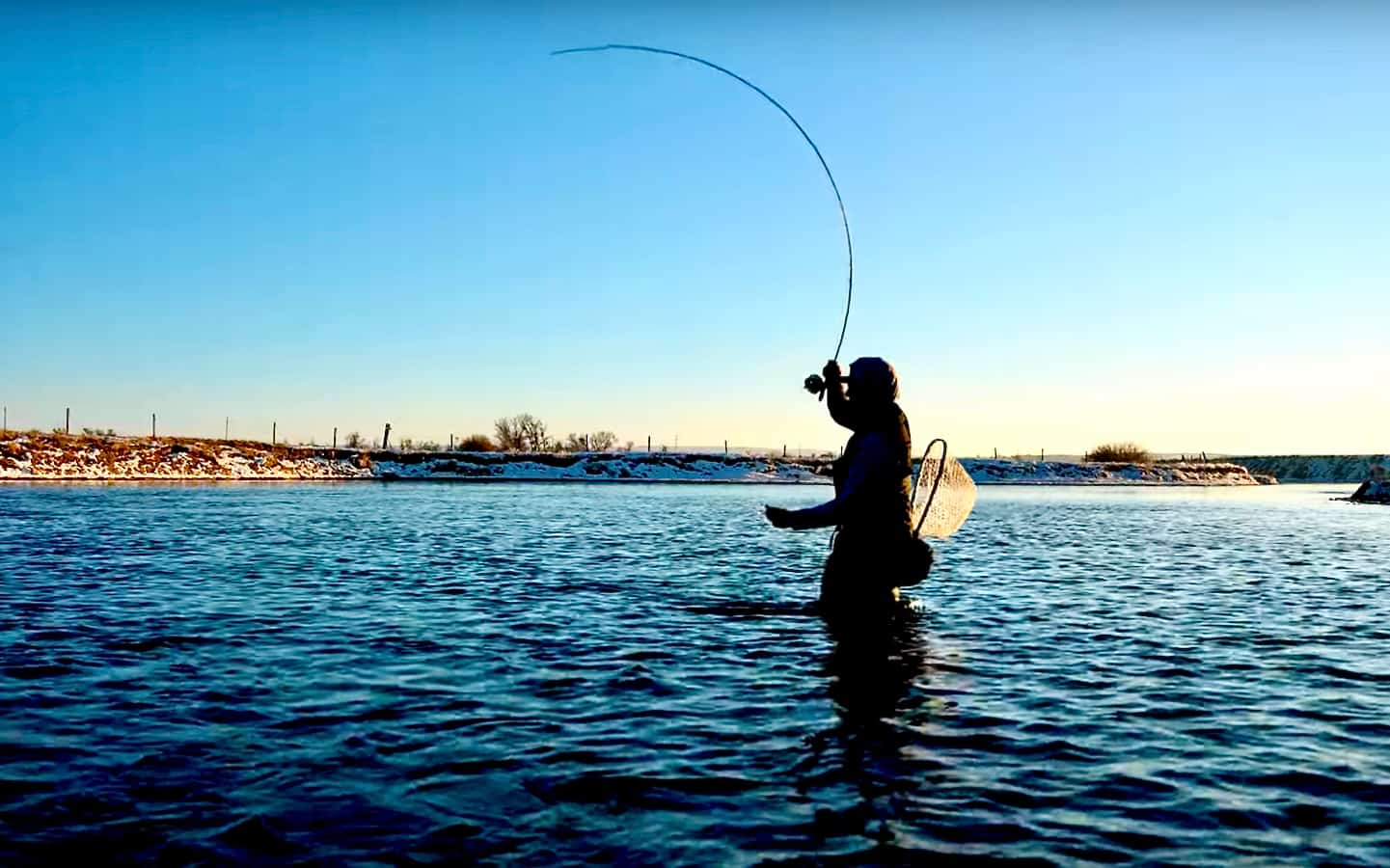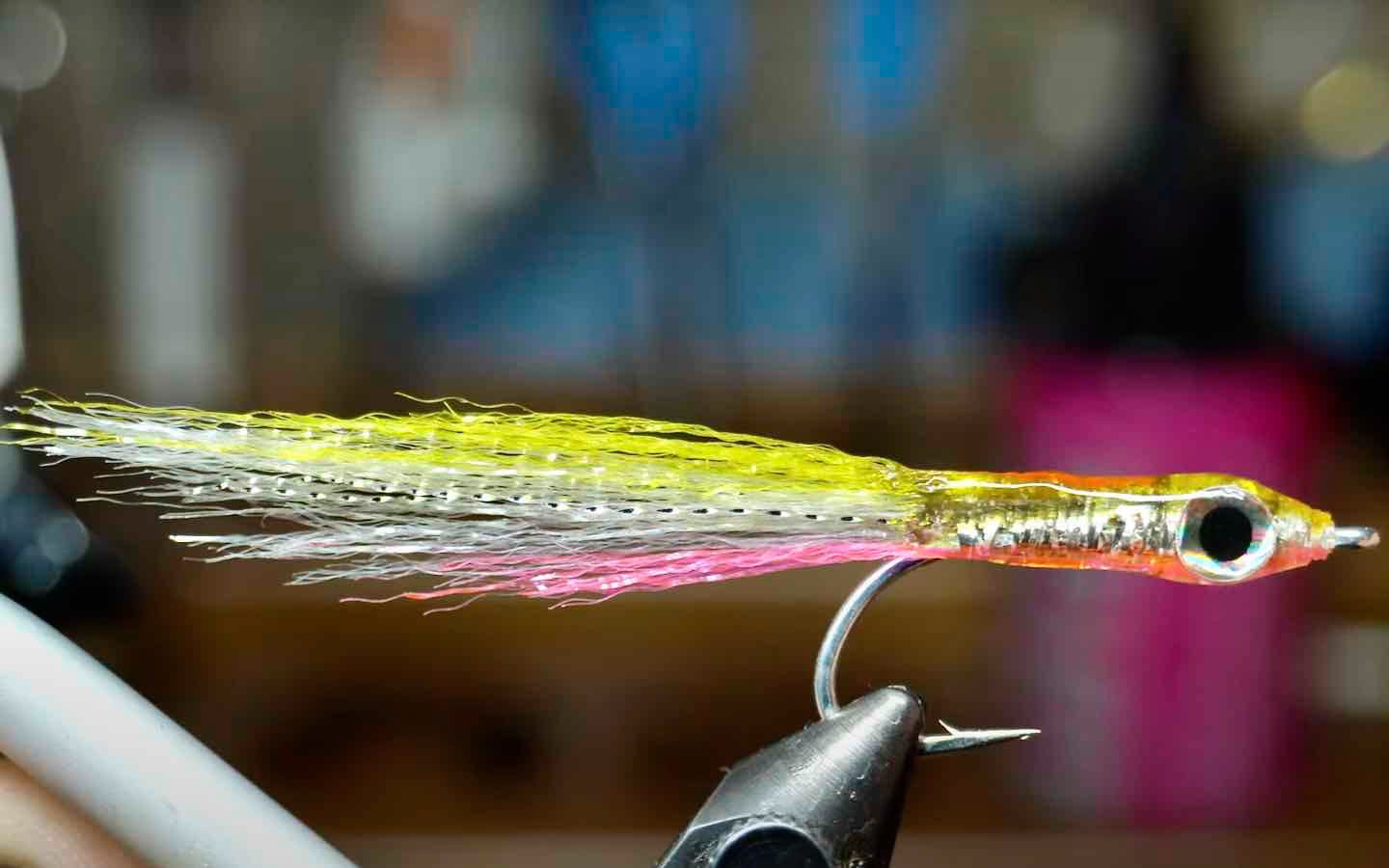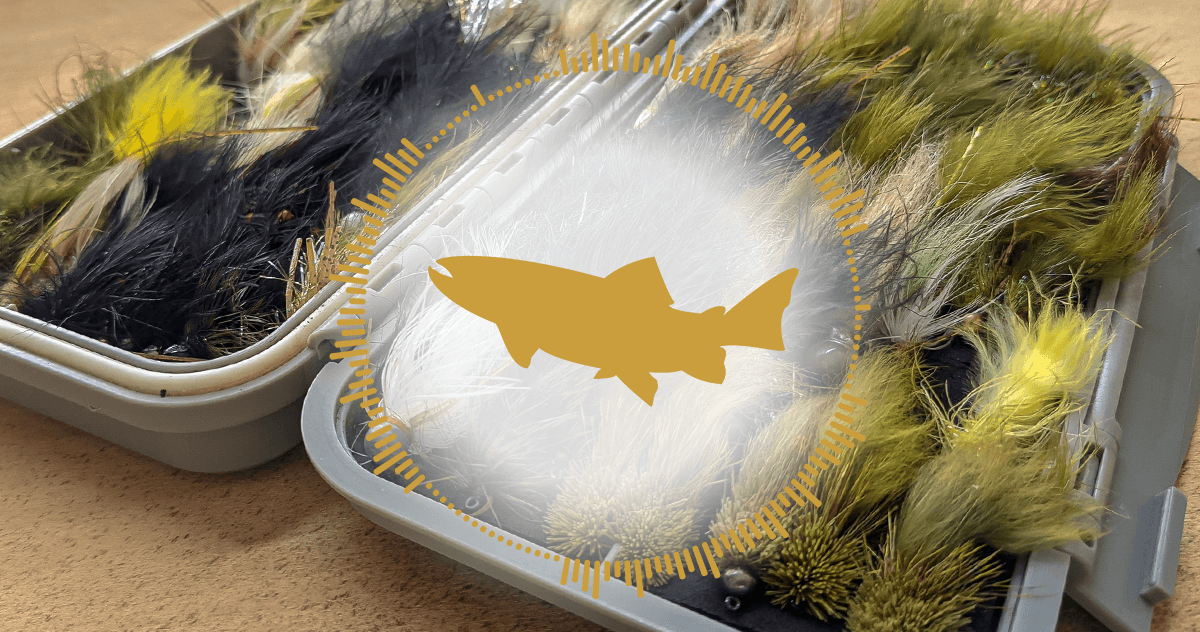How to Tie a Spent Early Smoky-Winged Sedge
Producer: Tim Flagler
All the signs of spring are here. The Canada geese are actively nesting, robins have showed up in numbers, skunk cabbage is up, as are early flowers and the forsythia is blooming. These are all indicators that the spring hatch season has begun here in the Mid-Atlantic states and trout are beginning to take notice. Along with Quill Gordons and Hendricksons, we get these small, dark-winged caddis, the Early Smoky-Winged Sedge. They spend only a brief time on the water’s surface and trout seem to care little about the winged adults. Just recently, however, with the help of a few friends and Thomas Ames Jr’s excellent book on caddisflies, I’ve found that trout are rather fond of the spent version of the bug. So, this is my interpretation of a Spent Early Smoky-Winged Sedge, based on a poly-wing, spent caddis pattern from Carl Richards and Bob Braendle.
This pattern starts with a size 18 Lightning Strike DF1 dry fly hook. You can even tie it down to a size 20, if you like. Begin by getting the hook firmly secured in the jaws of your tying vise.
For thread, I’ve loaded a bobbin with a spool of black UTC 70 Denier. You may want something a little smaller if you’re going to be tying on a size 20. Get your thread started on the hook shank, leaving an eye-length space behind the eye. Take a few wraps rearward then snip off the excess tag. Continue taking rearward wraps until your thread hangs at about the hook point.
The entire body of the fly is created using brown Super Fine dry fly dubbing. Pluck an ample clump free from the packet. Pull up on the fibers to elongate them, parallel to your tying thread, then twist them on in a clockwise motion, as if you’re looking down on your bobbin. Once you have a light coating, well-anchored on your thread, pull up another small amount, parallel to your tying thread and twist it on, to add just a little bulk. To add some taper to the noodle, pull up a small clump up, and this time, hold it perpendicular to your tying thread and twist it on at the bottom end of the noodle. If you have any low spots, do the same to fill them in. Holding the fibers perpendicular to the thread allows you to add just a little bit a bulk to a small area. The final dubbing noodle should look something like this.
Start taking wraps so the dubbing begins right at the start of the hook bend. Make sure to get a complete wrap of the dubbing around the shank, then allow your bobbin to hang straight down. Twist the noodle in a clockwise direction to cord it up and compress the dubbing. While maintaining your grip, start taking wraps with the noodle, occasionally twisting it even further. As you take touching wraps up the hook shank, you should notice a tapered, segmented body beginning to form. Also you will most likely notice that you have way too much dubbing on your tying thread. Don’t freak out. The problem is easily solved. Place a finger of your left hand on the bare tying thread, then bring your bobbin up and secure your thread with back wraps to the hook shank, right behind the eye. Make sure the thread coming from the noodle is locked down well. You can then snip it off close. Pull the noodle up to vertical and take thread wraps over top of it to secure it to the hook shank. Once it’s locked down well, snip the excess off close. Take a few more wraps of tying thread to cover up the snipped-off end of the noodle then take a few wraps rearward until your thread hangs about an eye-length-and-a-half back from the hook eye.
EP Trigger Point fibers are used to form the wings of the fly. I really like the mottled look of this western caddis grey color. Snip a very sparse clump of the material free from the hank, again, keep it sparse. With an inch-and-a-half or so extending beyond the hook eye, give your bobbin a counterclockwise spin, so your tying thread will jump slightly rearward on the first wrap, and secure the fibers to the far side of the hook. Make a small loop with the fibers in front of the hook eye and, once again, give your bobbin a counterclockwise spin, then anchor the material to the near side of the hook. Take a few more thread wraps to make sure everything is locked down well. The fly should now look something like this.
Although not essential, I’ve found a drop of super glue, here, Fly Tyer’s Z-Ment, applied to the thread wraps where the wings intersect, does wonders at keeping the wings well anchored and correctly splayed. Take a few tight thread wraps through the adhesive to help set it.
Go back to the same packet of Super Fine dubbing you used before and this time pull out just the smallest wisp. Use the dubbing to create a short, slender noodle on your tying thread. Start taking wraps with the noodle to cover up the exposed thread wraps then pull the front loop back and take a few wraps in front of it.
Pick up your whip finish tool and use it to do a 4 or 5 turn whip finish, seat the knot really well and snip or cut your tying thread free. If you need to, pull the loop back forward and into a horizontal orientation. At this point, the fly is almost done and should look about like this.
Pull the rear wings back and trim them off so they extend just a bit past the hook bend. At the front of the fly, simply snip the top part of the loop off to produce much smaller wings that point forward.
Spent caddis often float on the water’s surface with their two sets of wings in this orientation, and it seems like trout recognize them as an easy meal. Yes, this pattern is next-to-impossible to see on the water’s surface, so set on anything close to where you think your fly might be.
How to Tie a Speedy Sparkle Purple Haze
How to Tie a Spent Partridge Caddis

